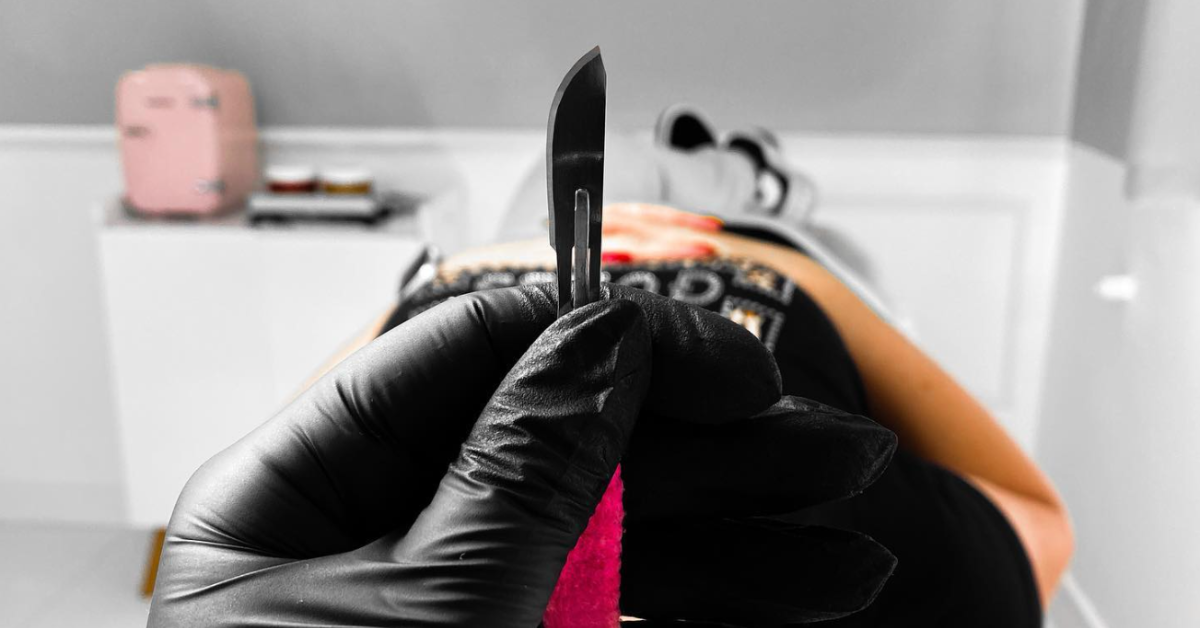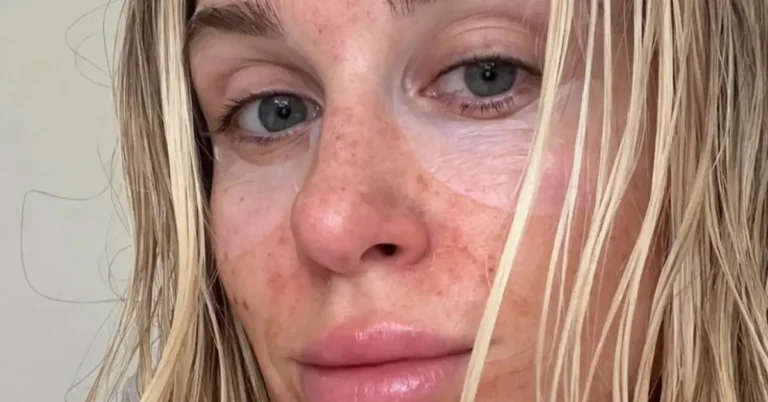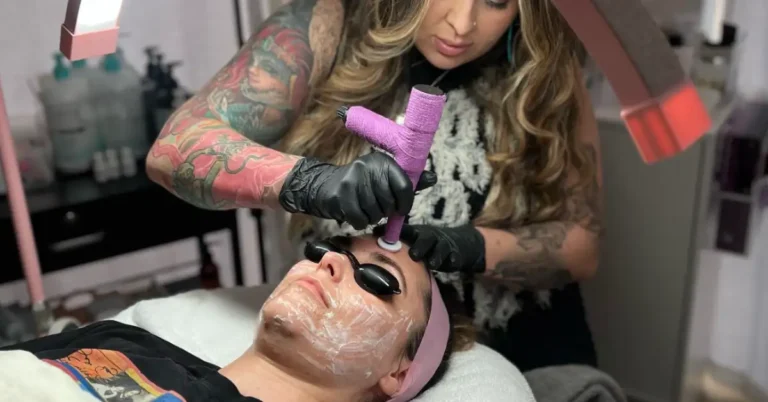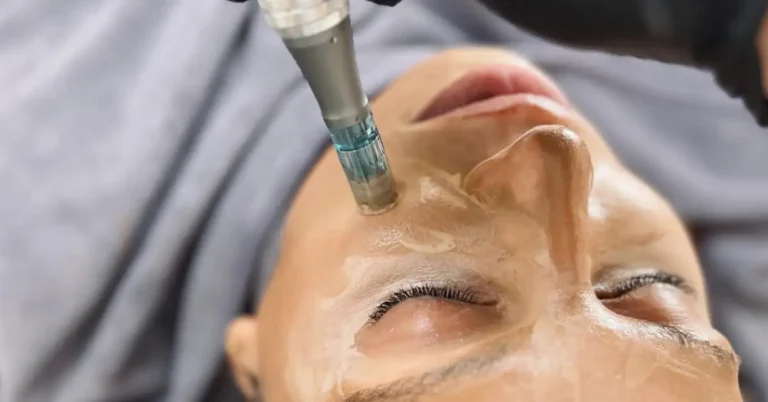If you resemble me in any way, your quest for glowing skin has navigated you across a vast array of skincare therapies. However, within the constantly changing realm of cosmetics, dermaplaning stands out as the most effective method.
This buzzworthy procedure promises a path to a flawless complexion by delicately sweeping away dead skin cells and fine facial hairs with a precision blade. But with great popularity comes great responsibility—making the right choice for your skin.
Join me as we explore the captivating realm of dermaplaning, uncover its dazzling advantages, and unveil potential pitfalls. Together, we’ll empower you to make an informed decision and discover if this treatment is the key to unlocking your skin’s true potential.
Table of Contents
Dermaplaning Pros and Cons
On the plus side, dermaplaning can leave your skin feeling incredibly smooth and soft. By removing the outermost layer of dead skin cells, can also help your other skincare products penetrate more deeply and be more effective. Additionally, many people find that their makeup goes on more smoothly after a dermaplaning treatment.
However, there are also some potential downsides to consider. For one thing, dermaplaning can be quite expensive, especially if you opt to have it done by a professional. It can also be time-consuming, as the procedure can take up to an hour to complete. And while dermaplaning is generally considered safe, there is a risk of nicks and cuts if the person performing the treatment is not experienced.
Understanding Dermaplaning
As someone who has tried dermaplaning, I can attest to its benefits and drawbacks. Dermaplaning is a non-invasive cosmetic procedure that uses a scalpel to remove dead skin cells and fine facial hair. It’s a popular treatment that promises to leave your skin smoother, brighter, and more youthful-looking.
One of the main benefits of dermaplaning is that it exfoliates the skin, removing dead skin cells and promoting cell turnover. This can help reduce the appearance of fine lines, wrinkles, and acne scars. Additionally, dermaplaning can make it easier for skincare products to penetrate the skin, leading to better results.
On the other hand, dermaplaning is not suitable for everyone. Those with active acne or skin conditions like rosacea should avoid this treatment, as it can exacerbate these conditions. Additionally, dermaplaning is not a permanent solution for hair removal, and the hair will eventually grow back.
In my personal experience, dermaplaning left my skin feeling incredibly smooth and soft. However, I did experience some redness and sensitivity afterward, which is a common side effect. To combat this, I recommend using a gentle, hydrating moisturizer and avoiding harsh skincare products for a few days after the treatment.
Pro Tip: If you’re considering dermaplaning, make sure to do your research and find a reputable practitioner. It’s also a good idea to ask for before-and-after photos to get an idea of what results you can expect.
Pros of Dermaplaning
As someone who has tried dermaplaning, I can confidently say that the procedure has several benefits. Here are some of the pros of dermaplaning:

- Exfoliates the skin: Dermaplaning is a highly effective method of exfoliation that removes dead skin cells from the surface of the skin. This helps to reveal brighter, smoother, and more youthful-looking skin.
- Reduces the appearance of fine lines and wrinkles: By removing the top layer of dead skin cells, dermaplaning can help to reduce the appearance of fine lines and wrinkles.
- Improves skin texture: Dermaplaning can help to improve the texture of your skin by removing dead skin cells and promoting the growth of new ones.
- Enhances product absorption: By removing the top layer of dead skin cells, dermaplaning can help to enhance the absorption of skincare products, making them more effective.
- Safe and non-invasive: Dermaplaning is a safe and non-invasive procedure that does not require any downtime. It is suitable for all skin types, including sensitive skin.
Remember: To get the most out of your dermaplaning treatment, it is important to use a gentle cleanser and avoid using any harsh exfoliants or scrubs for at least a week after the procedure.
Cons of Dermaplaning
As with any cosmetic procedure, there are both pros and cons to dermaplaning. While it can be an effective way to exfoliate and rejuvenate the skin, there are some potential downsides to consider before deciding whether or not to try it.
First and foremost, dermaplaning can be expensive, especially if you opt to have it done by a professional. While there are at-home dermaplaning tools available, using them incorrectly can lead to skin irritation and other issues.
Another potential downside of dermaplaning is that it can cause temporary redness and sensitivity. This is particularly true if you have sensitive skin to begin with. While this redness typically fades within a few hours, it can be a concern for those with upcoming events or photo shoots.
Pro Tip: If you’re considering dermaplaning, it’s important to do your research and choose a reputable provider or tool. Additionally, be sure to follow all aftercare instructions to minimize the risk of complications.
It’s also worth noting that dermaplaning is not recommended for individuals with active acne or other skin conditions. This is because the procedure can spread bacteria and potentially worsen these conditions.
Finally, it’s important to remember that dermaplaning is not a permanent solution for skin issues. While it can help to improve the appearance of fine lines, wrinkles, and other concerns, the effects are temporary and will require ongoing maintenance to maintain results.
Dermaplaning Vs. Other Skin Treatments
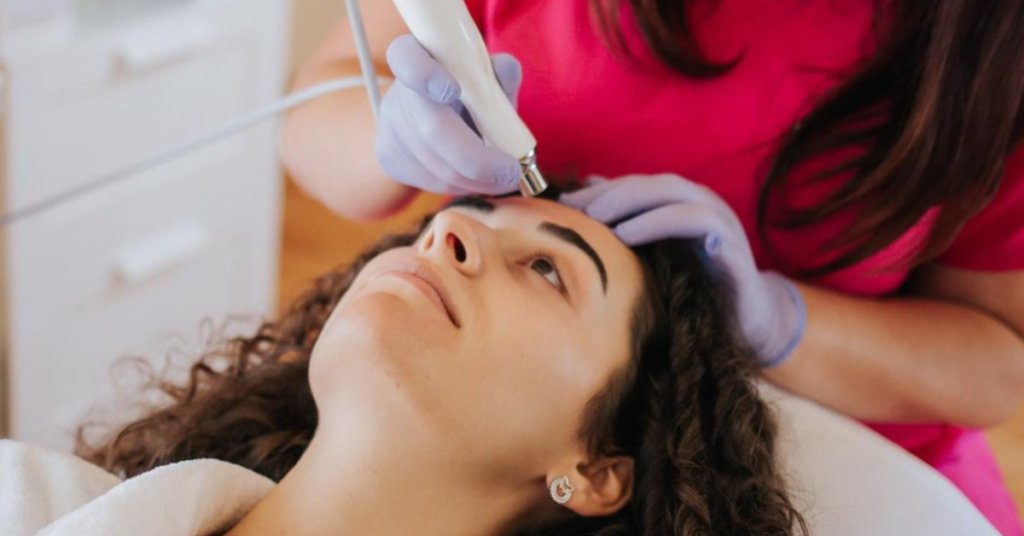
When it comes to skincare treatments, there are many options available. Dermaplaning is one of the most popular treatments, but how does it compare to other options? In this section, I will compare dermaplaning to other common skincare treatments and weigh the pros and cons of each.
Chemical Peels
Chemical peels are a popular alternative to dermaplaning. They involve applying a chemical solution to the skin, which causes the top layer of skin to peel off. This can help reduce the appearance of fine lines, wrinkles, and acne scars. However, chemical peels can be harsh on the skin and may cause redness, irritation, and sensitivity to sunlight.
Microdermabrasion
Microdermabrasion is another popular skincare treatment that involves exfoliating the skin with a diamond-tipped wand. This can help reduce the appearance of fine lines, wrinkles, and acne scars. However, microdermabrasion can be abrasive on the skin and may cause redness, irritation, and sensitivity to sunlight.
My Personal Experience
I have tried both chemical peels and microdermabrasion in the past, but I prefer dermaplaning. It is gentler on the skin and does not cause as much redness or sensitivity. Plus, it removes the fine hairs on my face, which makes my skin look smoother and brighter.
My Advice: If you are considering dermaplaning, make sure to go to a licensed professional who has experience performing the procedure. Also, be sure to wear sunscreen after the procedure to protect your skin from the sun’s harmful rays.
Who Should Avoid Dermaplaning
As much as dermaplaning has its benefits, it is not suitable for everyone. Here are some people who should avoid dermaplaning:
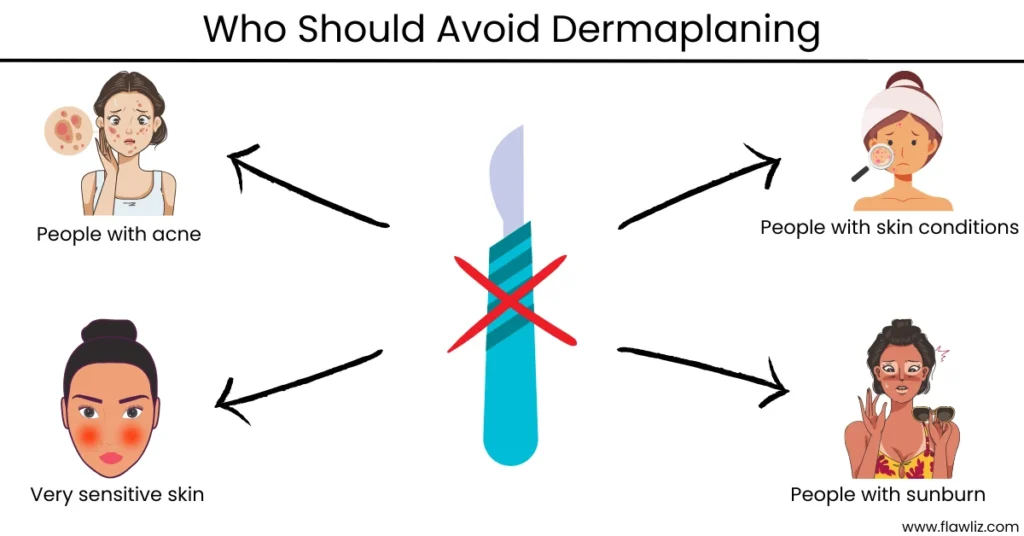
- People with active acne breakouts: Dermaplaning can irritate the skin and cause more breakouts, especially if you have active acne. It is best to wait until your acne clears up before getting dermaplaning done.
- People with very sensitive skin: If you have sensitive skin, dermaplaning may cause redness, irritation, and even scarring. It is essential to consult with a dermatologist before getting dermaplaning done if you have sensitive skin.
- People with skin conditions: If you have skin conditions such as eczema, psoriasis, or rosacea, dermaplaning may make your skin worse. It is best to avoid dermaplaning if you have any underlying skin conditions.
- People with sunburn: If you have sunburn, dermaplaning can be painful and cause further damage to your skin. It is best to wait until your sunburn has healed before getting dermaplaning done.
- People with a history of keloids: If you have a history of keloids, dermaplaning can cause scarring and worsen the condition. It is best to avoid dermaplaning if you have a history of keloids.
Pro Tip: If you are unsure whether dermaplaning is right for you, try exfoliating with a gentle scrub or enzyme peel first. This can help you determine how your skin reacts to exfoliation and avoid any potential adverse reactions.
In my personal experience, I have seen some people get dermaplaning done and experience no adverse effects, while others have had severe reactions. It is crucial to speak with a dermatologist before getting dermaplaning done to determine if it is suitable for you.
Tips for Post-Dermaplaning Care
After getting a dermaplaning treatment, it’s important to take care of your skin properly to ensure that you get the best results. Here are some tips for post-dermaplaning care:
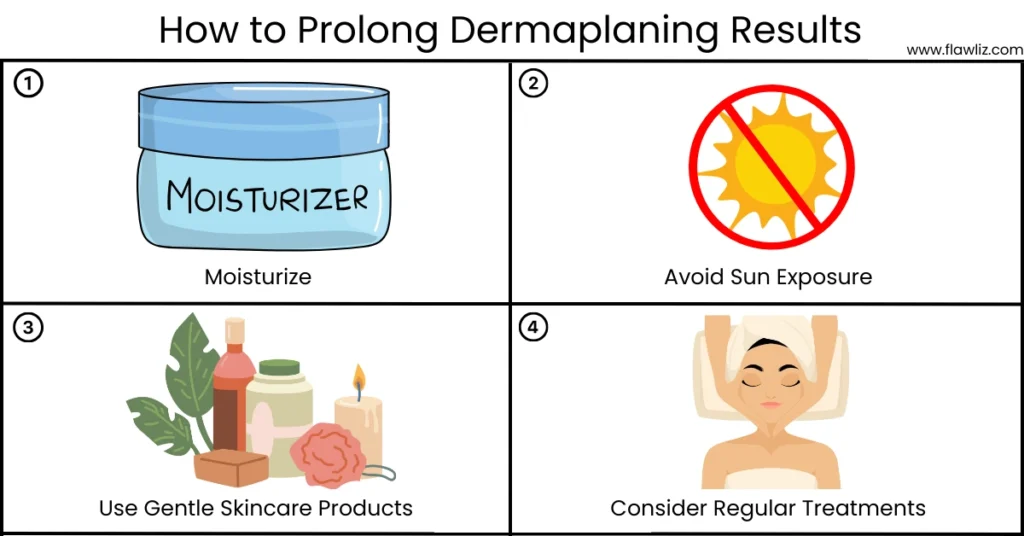
- Use Gentle Skincare Products: After dermaplaning, the skin is often sensitive and dry, so it’s important to use only essential products in your skincare routine – a cleanser, serum/moisturizer, and sunscreen. Ensure the products are mild, without acids, retinol, or other potentially abrasive ingredients. I personally recommend using Cetaphil Gentle Skin Cleanser and La Roche-Posay Toleriane Double Repair Face Moisturizer.
- Avoid Sun Exposure: Sun exposure can cause damage to the skin, especially after a dermaplaning treatment. It’s important to avoid direct sunlight for at least 48 hours post-procedure. If you must go outside, use a hat and sunscreen with an SPF of at least 30.
- Don’t Touch Your Face: It’s important to avoid touching your face after a dermaplaning treatment. Your skin is sensitive and prone to bacteria, so touching it can cause breakouts. Also, avoid wearing makeup for at least 24 hours post-procedure.
- Avoid Saunas and Steam Rooms: Heat can cause inflammation and irritation to the skin, so it’s important to avoid saunas and steam rooms for at least 48 hours post-procedure.
- Follow Up with Your Esthetician: Your esthetician can provide you with personalized recommendations for post-dermaplaning care. They can also assess your skin and provide you with advice on how to maintain your results.
By following these tips, you can ensure that your skin stays healthy and radiant after a dermaplaning treatment. Remember to take care of your skin and avoid anything that can cause inflammation or irritation.
Pros and Cons Of Dermaplaning: The Essentials

When it comes to skincare treatments, dermaplaning has become increasingly popular. As someone who has personally tried and tested this treatment, I can attest to its effectiveness. However, like any procedure, there are both pros and cons to consider before booking an appointment.
| Pros ✅ | Cons ❌ |
|---|---|
| Exfoliation | Cost |
| Improved Product Absorption | Possible Irritation |
| Reduced Appearance of Fine Lines and Wrinkles | Temporary Results |
| Instant Results | Not Suitable for All Skin Types |
FAQ
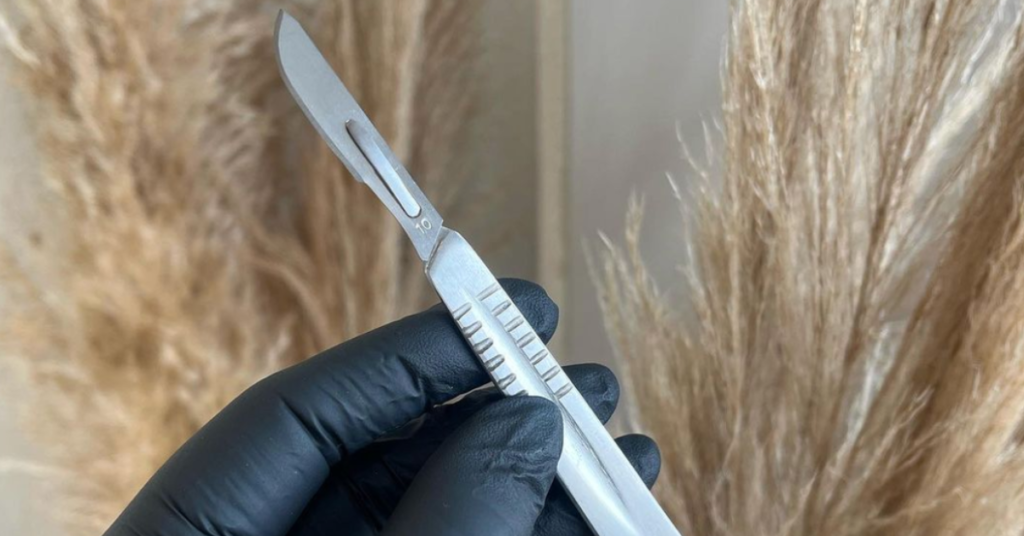
What are the negatives to dermaplaning?
Negatives of dermaplaning can include temporary redness, irritation, and the need for professional treatment due to the use of a sharp scalpel. Overdoing it can lead to adverse effects, and it may not be suitable for those with active acne or certain skin conditions.
Is dermaplaning good or bad for skin?
Dermaplaning can be beneficial for the skin when performed correctly. It exfoliates, removes fine facial hair, and can enhance product absorption. However, improper technique or overuse can lead to adverse effects, so it’s essential to follow aftercare instructions and consider individual skin concerns.
Does hair grow back thicker after dermaplaning?
No, dermaplaning does not make hair grow back thicker. It removes fine facial hair (vellus hair) from the skin’s surface without affecting the hair follicles, so regrowth appears the same as before treatment.
When should you not use dermaplaning?
Dermaplaning is not recommended if you have active acne, inflammatory skin conditions, sunburn, or open wounds. It’s essential to consult a skincare professional for guidance if you have specific skin concerns or conditions.
Can dermaplaning go wrong?
Yes, dermaplaning can go wrong if not performed correctly. Potential issues include skin irritation, cuts, and improper exfoliation. It’s crucial to seek professional treatment or follow proper guidelines to minimize the risks associated with dermaplaning.
If you liked this blog article about the topic: Dermaplaning Pros And Cons, don’t forget to leave us a comment down below to tell us about your experience.

